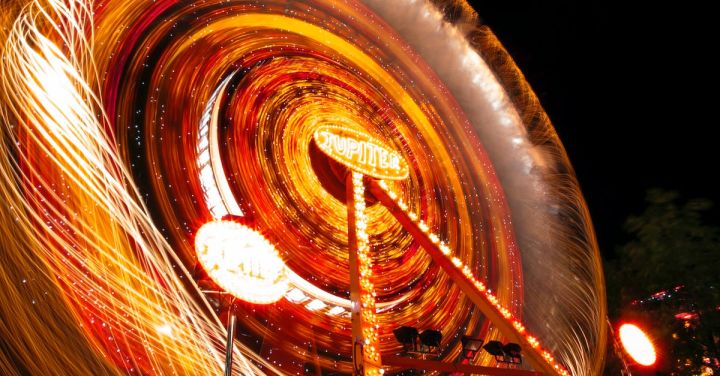What’s the History of Carnival Rides?

Carnival rides have been a staple of amusement parks and fairs for centuries, providing thrilling experiences and unforgettable memories for people of all ages. From the iconic Ferris wheel to the exhilarating roller coasters, these rides have evolved over time to become the heart and soul of any carnival. Let’s take a closer look at the fascinating history of carnival rides.
Early Beginnings
The history of carnival rides can be traced back to ancient times. The concept of amusement dates back to the Roman Empire, where chariot races and other forms of entertainment were enjoyed by the masses. However, it wasn’t until the Renaissance period that the idea of mechanical rides began to take shape.
In the early 17th century, small hand-operated rides called “flying chairs” gained popularity in Europe. These rides consisted of chairs suspended from the ceiling, allowing riders to experience a sensation of flying. They were often found at fairs and were a precursor to the modern carnival ride.
The Rise of the Ferris Wheel
One of the most iconic carnival rides of all time, the Ferris wheel, has a fascinating history of its own. It was invented by George Washington Gale Ferris Jr. and made its debut at the 1893 World’s Columbian Exposition in Chicago.
Ferris’ creation was a towering structure, standing at 264 feet tall, and featured 36 cars, each capable of carrying up to 60 passengers. The success of the Ferris wheel at the exposition paved the way for its inclusion in amusement parks and fairs around the world.
The Advent of Roller Coasters
Roller coasters, another beloved carnival ride, have a long and storied history that dates back to the 17th century. The first roller coaster-like ride was called the “Russian Mountains” and was built in St. Petersburg, Russia. It consisted of a wooden track with hills and slopes, providing riders with a thrilling experience.
In the late 19th century, the first roller coaster in the United States was built at Coney Island, New York. This marked the beginning of the golden age of roller coasters, with numerous variations and designs being created over the years. Today, roller coasters continue to be a highlight of any carnival or amusement park.
Modern Innovations
As technology advanced, so did the world of carnival rides. In the mid-20th century, fairgrounds began introducing more complex and thrilling rides, such as the spinning teacups, bumper cars, and the gravity-defying loop-de-loop roller coasters.
In recent years, advancements in engineering and design have led to the creation of even more exhilarating rides. From virtual reality experiences to state-of-the-art water slides, carnival rides have become more immersive and exciting than ever before.
Conclusion: A Thrilling Legacy
The history of carnival rides is a testament to our love for thrill and excitement. From the early days of flying chairs to the modern-day marvels of engineering, these rides have captured the imaginations of millions of people worldwide.
Whether it’s the dizzying heights of the Ferris wheel or the heart-pounding twists and turns of a roller coaster, carnival rides continue to be a source of joy and adrenaline for people of all ages. As technology continues to advance, one can only imagine what new and thrilling experiences await us in the world of carnival rides.